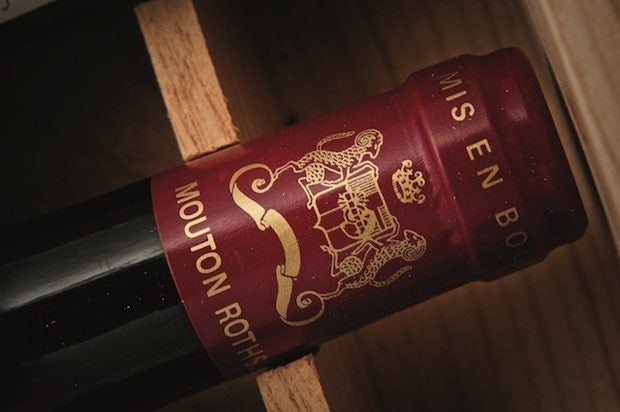
Claims of rampant fake wine in China are overblown, according to an expert from Christie's. (Christie's)
Despite widespread discussion of a fake fine wine epidemic in China, one expert from Christie’s argued that the crisis is majorly overblown while speaking at a Vinexpo Asia-Pacific forum this weekend.
China’s fake wine issues came into the spotlight recently when a Chinese official stated that half of all Château Lafite in the country is counterfeit. This is not the only time such a large number has been cited: last year, China counterfeit specialist Nick Bartman estimated that up to 70 percent of all wine in China is fake. As a result, concerns about fakes have dampened auction sales for top Bordeaux labels that once dominated the market.
China’s wine connoisseurs shouldn’t over-hype the problem, however, according to Simon Tam, the head of Greater China wine sales for Christie’s. At a recent forum on the China wine market at top wine fair Vinexpo Asia-Pacific, he said that Christie’s encounters far fewer fakes than the number estimated to exist in China. According to Decanter China:
In China, Christie's finds around 15 wines "that look a bit funny" out of tens of thousands that it inspects annually, said Simon Tam during a conference on the future of the country's wine market at this week's Vinexpo Asia-Pacific trade fair in Hong Kong.
While he said his team reject any wine they are suspicious about, he believes that "fake phobia" has skewed some people's perceptions of the problem.
Counterfeit wine is known to be a significant issue in China, but no one has been able to put a concrete figure on the proportion of the market that it constitutes.
"It's becoming a bit of an urban myth," Tam said. "There are some railway stations in China where they'll offer you money for empty bottles of top Crus Classes, but those are fakes that are easily spotted. There are not many real clever fakes."
In order to reassure customers, many companies have begun to embrace new technology such as QR codes on bottles or smartphone apps to fight fakes. This may not help with antique vintages, but could improve the long-term situation.